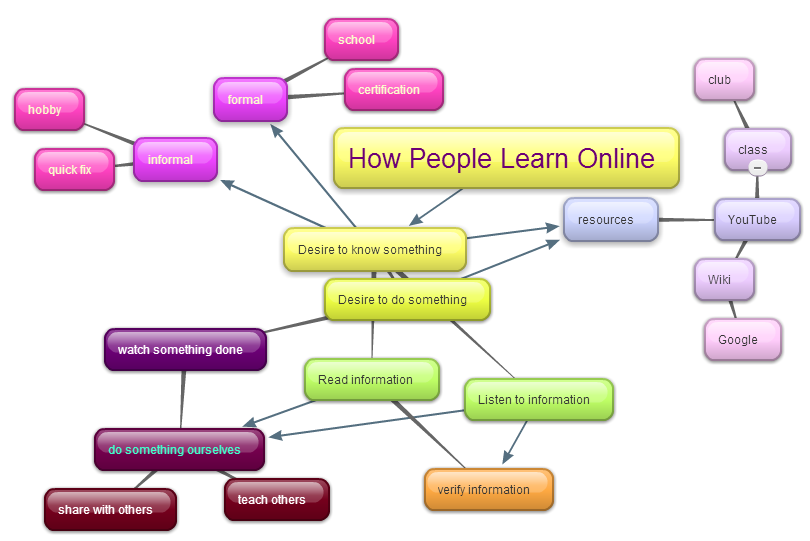I wish I had been aware of TPACK a little earlier in my career. Integrating TPACK into some of my past experiences as an instructor could easily have elevated my presentations to a higher level. They were already dynamic utilizing small group learning exercises, roles plays, games and simulations along with text, PowerPoints and humorous videos. In the past, I have used white boards and flip-charts for various exercises. I think now I would find a real-time, online collaboration tool projected on a screen and have tablets for each of the small groups to add their input which would immediately display on the projection screen.
Specifically, I would use this for a group presentation project for meeting the requirements of OSHA’s Personal Protective Equipment Standard. Demonstrating the Hazard Assessment would be enhanced by quickly uploading photos of identified hazards where group members and other groups could then reply with mitigation and protection ideas. This could be used in a classroom setting or online with partipants in different geographical locations. This would provide a hands on, collaborative effort in which actual hazards are seen visually and discussed from various perspectives with the opportunity for instructor input and correction if needed. In fact, this technique could be used similarly in a root cause analysis for an accident investigation to quickly identify, report and rectify problems.
As I look at the TPACK concept model, I believe I am reasonably balanced in all three areas within my fields of expertise. I learn quickly so I am able to understand and utilize new technology as it relates to content knowledge. If I were to identify a weakness, it would likely be TPK. I am not always confident in the best pedagogical approach with emerging technology, but with the resources and knowledge I have gained from this class I think I can get there.





